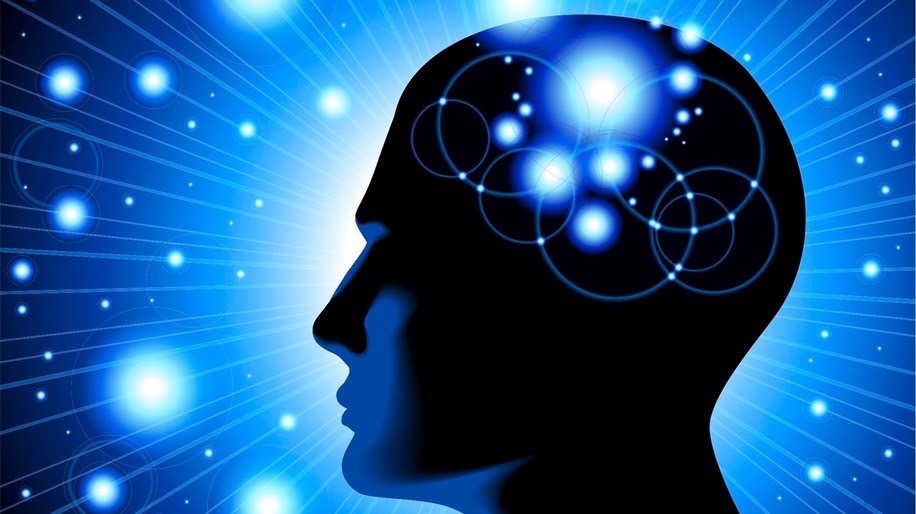Introduction
http://hdl.handle.net/2345/2235
This work is posted on eScholarship@BC,
Boston College University Libraries.
Lonergan, Voegelin and Girard are my areas of interest and the focus of my studies-Mike

(The outline can be linked to text by accessing the web link http://hdl.handle.net/2345/2235
PART ONE: LONERGAN’S ANTHROPOLOGY, A THREEFOLD DIALECTIC OF HISTORY
Chapter 1. Progress: Nature as Good
1.1. Two Views on Nature: Classical and Historical
1.2. Emergent Probability: A Dynamic World Order
1.2.1. Determinism, Indeterminism, and Emergent Probability
1.2.2. Classical and Statistical Law
1.2.3. Schemes of Recurrence: Emergence and Survival
1.2.4. A Dynamic, Interdependent Hierarchy:
Transcendence, Sublation, and Vertical Finality
1.3. Insight and The Self-Correcting Process of Learning
1.3.1. Insight into Insight
1.3.2. Insight and Progress: Common Sense and Science
1.3.3. Common Sense, Sensitivity, and Spontaneous Intersubjectivity
1.4. Transcendental Method: The Larger Picture of Self-Transcendence
1.4.1. Four Levels of Conscious Intentionality
1.4.1.1. Experience
1.4.1.2. Understanding
1.4.1.3. Judgment: Fact and Value
1.4.1.4. Decision, Freedom, and Moral Self-Transcendence
1.4.2. Authenticity: Transcendental Precepts, Notions, and Desire
1.5. The Cooperating Human Community
1.5.1. Love
1.5.2. The Way From Above Downwards
1.5.3. The World Mediated by Meaning and Belief
1.5.4. The Human Good
1.5.5. Realms of Meaning
Chapter 2. Decline: Nature as Fallen
2.1. Sin and Evil
2.2. Bias
2.2.1. Dramatic Bias
2.2.2. Individual Bias: Egoism
2.2.3. Group Bias: Group Egoism
2.2.4. General Bias: Shortsightedness
ii
2.3. Decline
2.3.1. Shorter Cycle
2.3.2. Longer Cycle
Chapter 3. Redemption: Nature Raised into Supernature
3.1. Grace
3.1.1: The Supernatural—Relatively and Absolutely
3.1.2: Healing and Elevating Grace
3.2. Conversion
3.2.1. Religious Conversion
3.2.1.1. Charity
3.2.1.2. Faith
3.2.1.3. Hope
3.2.2. Moral Conversion
3.2.3. Intellectual Conversion and Myths about Knowing
3.3. A Redemptive Community
3.3.1. Cosmopolis
3.3.2. The Body of Christ
PART TWO: LONERGAN’S SOTERIOLOGY, UNDERSTANDING THE MYSTERY
Chapter 1. Understanding Redemption?
1.1. Mystery
1.2. The Type of Intelligibility Sought
1.2.1. Fittingness, not Necessity
1.2.2. A Dynamic Intelligibility
1.2.3. Incarnate Intelligibility
1.2.4. A Complex Intelligibility
1.2.5. Multiple Intelligibility
1.3. An Analogical Understanding
Chapter 2. Redemption in the New Testament: Basic Analogies
2.1. Redemption as Word, End, and Mediation
2.1.1. The Word, Redemption
2.1.2. Redemption as an End
2.1.3. Redemption as a Mediation of Reconciliation
2.2. Paying a Price
2.3. Vicarious Suffering and Death
2.4. Sacrifice
2.5. Meritorious Obedience
2.6. The Risen Lord and Eternal Priest
iii
Chapter 3. Christ’s Work as Satisfaction: A Communication Primarily to God
3.1. The Context: Satisfaction vs. Satispassion
3.1.1. Satispassion, a Misunderstanding
3.1.2. Anselm’s Satisfaction
3.2. Lonergan’s Satisfaction: A Communication of Detestation and Sorrow
3.2.1. Satisfaction and Divine Justice
3.2.1.1. The Divine Will, World Order, and Punishment
3.2.1.2. Two Contexts for Punishment:
Retribution and Satisfaction
3.2.2. Satisfaction and Friendship
3.2.2.1. Vicarious Satisfaction and Friendship
3.2.2.2. The Supernatural Friendship of Charity
3.2.3. Christ’s Satisfaction and Christian Satisfaction
Chapter 4. The Law of the Cross: A Communication Primarily to Humanity
4.1. Why a Law of the Cross?
4.1.1. The Four Causes and Redemption: Introducing a Form
4.1.2. A Spiritual Law: Supernatural, Fitting, Effective, and Universal
4.2. Doing Away with Evil through Power vs.
Converting Evil with Love and Wisdom
4.2.1. Clarification by Contrast
4.2.2. An Act of Divine Wisdom and Love
4.3. A Communication Forming Community
4.3.1. The Foundation: The Incarnation
4.3.2. The Law of the Cross as Precept: Christ’s Life
4.3.3. The Law of the Cross as Example: Christ’s Death
4.3.4. The Law of the Cross as Promise: Christ’s Resurrection
4.3.5. Divine Love and the New Society
4.3.5.1. Bringing Out Love by Incarnate Meaning
4.3.5.2. Self-Communication for Life in the Trinity
Conclusion